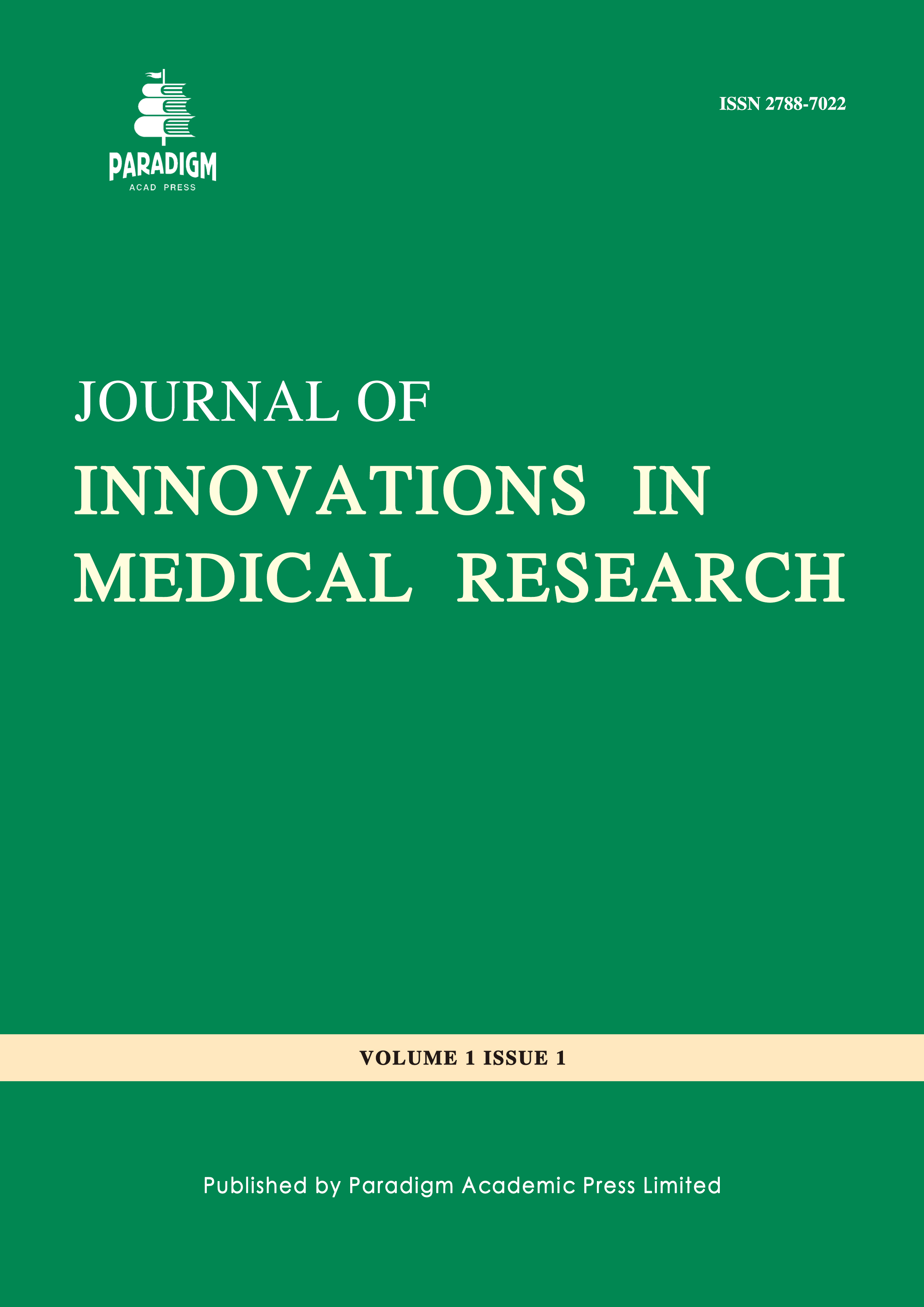A Longitudinal Study on the Perioperative Period of Cardiac Surgery — Multiple Interactions and Effects of Heparin Pleiotropy and Immune Microenvironment
DOI:
https://doi.org/10.63593/JIMR.2788-7022.2025.06.007Keywords:
cardiopulmonary bypass (CPB), heart transplantation (HTx), ventricular assist device (VAD), unfractionated heparin (UFH), immune microenvironment, coagulation-inflammation interactionAbstract
Objective: To investigate the differences and trends of multiple monitoring indicators during the peri-cardiopulmonary bypass (CPB) period in patients undergoing heart transplantation (HTx) and ventricular assist device (VAD) implantation, and to explore the interaction and impact of unfractionated heparin (UFH) on the immune microenvironment under short-term, high-dose UFH administration. Methods: This prospective study enrolled 15 HTx and 19 VAD recipients between 2023 and 2024. Monitoring was conducted at five observation points: pre-CPB, 30 min post-CPB, before shutdown, 10 min post-heparin neutralization, and 30 min post-heparin neutralization. Coagulation function (TAT, PIC, D-dimer, etc.), inflammatory markers (IL-6, etc.), and endothelial injury markers (TM, etc.) were assessed, with Anti-Xa not monitored pre-CPB. Biochemical indicators, including liver and kidney function (ALT, AST, Cr, etc.), blood glucose, and lipid profiles (TC, TG, etc.), were measured only at pre-CPB, before shutdown, and 30 min post-heparin neutralization. Intergroup differences and trend changes were analyzed. Results: Significant differences were observed between the two groups in age, BMI, CPB duration, heparin dose, and aortic cross-clamp time, whereas no significant differences were found in priming volume or protamine sulfate (PS) dosage. Pre-CPB, PIC (P=0.019) and CK (P=0.044) were significantly higher in the HTx group, while TP (P=0.018) and CHE (P=0.023) were significantly higher in the VAD group. No significant intergroup differences were observed 30 min post-CPB. At the before shutdown timepoint, TAT (P=0.027), ALT (P=0.048), AST (P<0.001), TP/ALB (P<0.001), TBA (P=0.006), CK (P<0.001), HBP (P=0.038), and IL-6 (P<0.001) were significantly higher in the HTx group. At 10 min post-UFH neutralization, PIC (P=0.027), IL-6 (P=0.001), and PT (P=0.047) were significantly higher in the HTx group. At 30 min post-UFH neutralization, AST (P<0.001), TBA (P=0.027), CK (P=0.005), and IL-6 (P<0.001) remained significantly elevated in the HTx group. Trend analysis revealed differing dynamic patterns between HTx and VAD groups for ALP, D-dimer (DD), HBP, LDL, PCT, TM, TBA, and tPAIC, while other indicators exhibited similar trends. UFH, APTT, and PT peaked during CPB and declined post-heparin neutralization, whereas DD (HTx group) peaked 10 min after heparin neutralization before declining. ALB, ATIII, FIB, and HDL reached their nadir during CPB. CK, AST, and IL-6 showed time-dependent increases, while CREA (HTx group) and HDL (HTx group) decreased over time. PCT (HTx group) displayed fluctuating changes. Conclusion: During the peri-CPB period in cardiac surgery, the pleiotropic effects and unique pharmacokinetics of UFH lead to complex and significant interactions with the immune microenvironment. High-dose UFH exerts a positive regulatory effect on immune homeostasis during CPB, while the immune microenvironment also influences UFH’s anticoagulant efficacy through multiple pathways. Additionally, the rapid clearance of UFH by PS may trigger a “second hit” on the immune microenvironment via inflammatory mechanisms.



